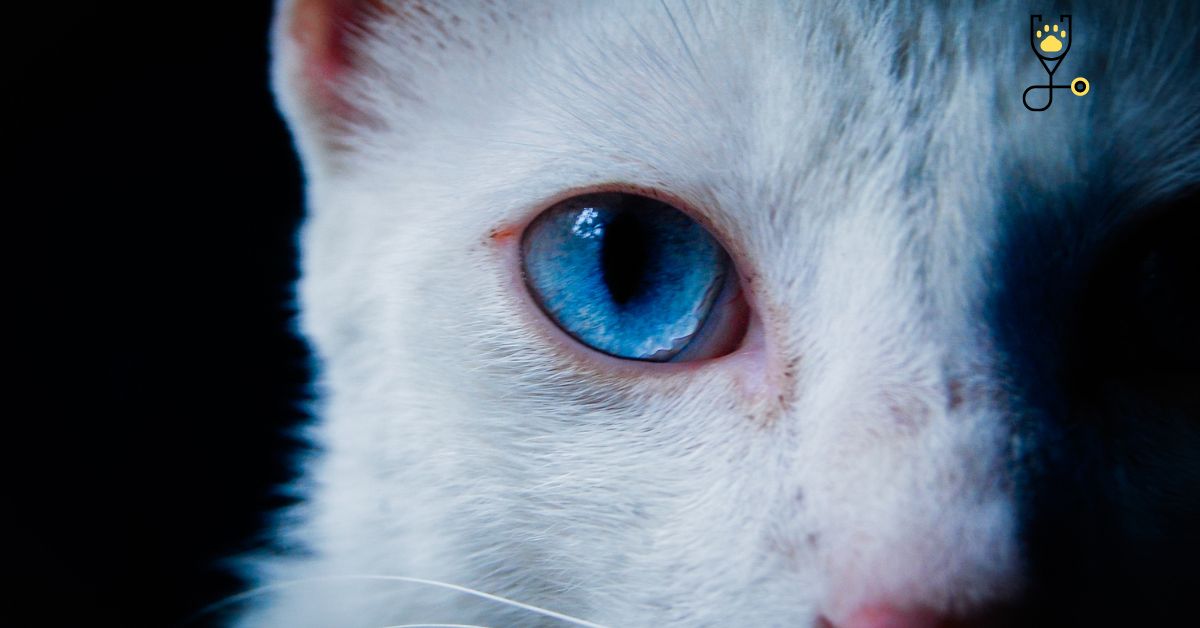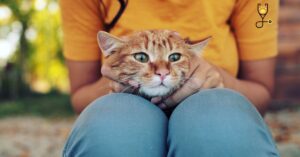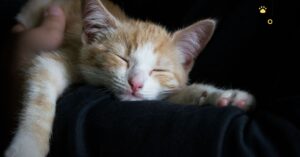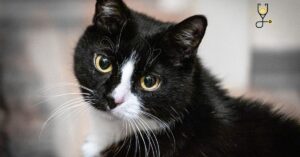Determining whether or not anisocoria is present in your cat can be helpful in diagnosing the underlying cause of the pupil size discrepancy. While anisocoria itself isn’t a disease, it can be a sign of something else that’s going on with your feline friend. Knowing what to look for and when to seek veterinary help can make all the difference for your kitty. In this post, we’ll discuss what anisocoria is, its common causes, and how to get your cat the care she needs.
What is Anisocoris in cats?
Anisocoria is the medical term used to describe a difference in pupil size. It can be unilateral, meaning that only one pupil is affected, or bilateral, meaning that both pupils are affected. In cats, anisocoria is usually unilateral and happens when one pupil is dilated (enlarged) while the other remains constricted (small).
Causes of Anisocoris in cats?
There are a number of reasons why this may occur, including:
1. Eye injury or irritation: If your cat’s eye is injured or irritated, the affected pupil will likely dilate in an attempt to protect the eye from further damage.
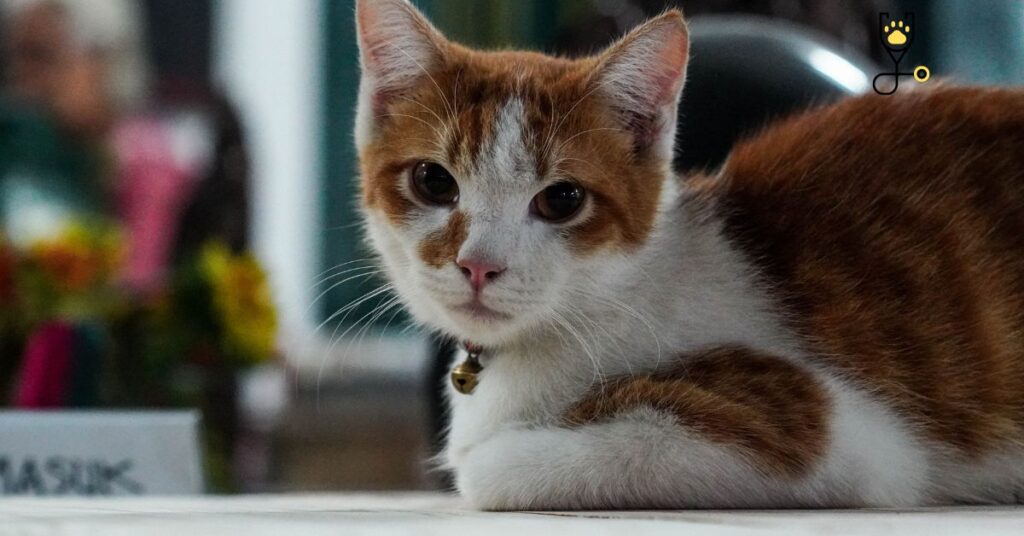
2. Infection: An infection in the eye can cause inflammation and swelling, leading to dilation of the pupil.
3. Tumor: A tumor of the eye or optic nerve can compress the nerve that controls pupil constriction, resulting in anisocoria.
4. Nervous system disorders: diseases that affect the nervous system, such as Horner’s syndrome or third cranial nerve palsy, can cause anisocoria.
5. Medications: Certain medications, such as atropine, can cause the pupil to dilate.
Symptoms of Anisocoris in cats?
The most obvious symptom of anisocoria is a difference in pupil size. However, depending on the underlying cause, your cat may also exhibit other symptoms, such as:
1. Squinting or rubbing the eye: If your cat’s eye is injured or irritated, she may squint or rub it in an attempt to relieve the discomfort.
2. Discharge from the eye: An infection of the eye can cause a discharge, which may be clear, cloudy, or bloody.
3. Change in behavior: If your cat is in pain or discomfort, she may exhibit changes in her behavior, such as increased vocalization, lethargy, or decreased appetite.
4. Head tilt: A head tilt to one side may be seen with certain nervous system disorders that cause anisocoria.
5. Dilated pupils: If your cat’s pupils are dilated due to atropine poisoning, she may also have a rapid heart rate and be agitated or excited.
Preventions of Anisocoris in cats
1. Keep your cat up to date on her vaccinations: This will help to protect her against infectious diseases, such as feline herpesvirus, that can cause anisocoria.
2. Keep your cat indoors: This will reduce her risk of trauma to the eye, as well as exposure to toxins, such as atropine, that can cause pupil dilation.
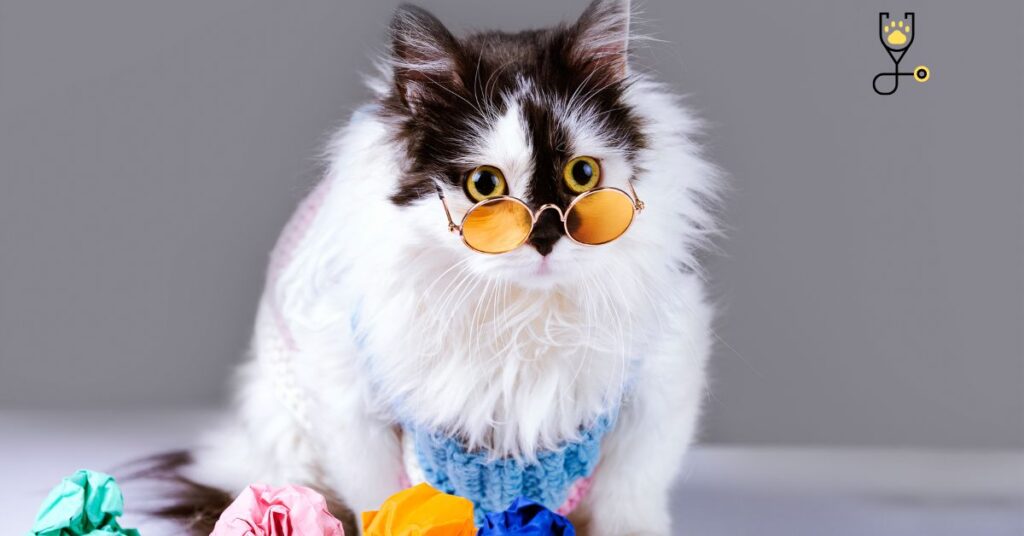
3. Feed your cat a balanced diet: A healthy diet will help to keep your cat’s immune system strong and reduce her risk of developing infections or disease
4. Take your cat to the vet for regular check-ups: This will allow your vet to catch any problems early and prevent them from becoming serious. If you notice that one of your cat’s pupils is larger than the other, or if your cat is exhibiting any of the above symptoms, it’s important to take her to the vet for a check-up. Anisocoria can be a sign of a serious condition that requires treatment, so it’s best to err on the side of caution.
Treatment of Anisocoris in cats
– Treatment will vary depending on the underlying cause of the anisocoria.
– If the anisocoria is due to an eye injury or irritation, your cat will likely need to be seen by a veterinarian for further evaluation and treatment. This may include flushing the eye with sterile saline solution, applying a topical ointment or drop, and/or giving oral antibiotics.
– If the anisocoria is due to an infection, your cat will need to be seen by a veterinarian for treatment. -Treatment may include oral antibiotics, topical ointments or drops, and/or draining of the abscess (if present).
– If the anisocoria is due to a tumor, your cat will need to be seen by a veterinarian for treatment. Treatment may include surgery to remove the tumor, as well as radiation therapy and/or chemotherapy.
– If the anisocoria is due to a nervous system disorder, your cat will need to be seen by a veterinarian for treatment. Treatment will vary depending on the underlying condition and may include medications, physical therapy, and/or surgery.
– If the anisocoria is due to atropine poisoning, your cat will need to be seen by a veterinarian for treatment. Treatment will vary depending on the severity of the toxicity and may include decontamination (e.g. gastrointestinal Lavage), administration of activated charcoal, and/or intravenous fluids.
Conclusion
Anisocoria is a condition that is characterized by a difference in pupil size. It can be caused by a variety of conditions, including eye injuries, infections, tumors, and nervous system disorders. Treatment will vary depending on the underlying cause of the anisocoria. If you notice that one of your cat’s pupils is larger than the other, or if your cat is exhibiting any other abnormal symptoms, it’s important to take her to the vet for a check-up.
FAQ’s
Anisocoria is a condition that is characterized by a difference in pupil size. It can be caused by a variety of conditions, including eye injuries, infections, tumors, and nervous system disorders.
The symptoms of anisocoria will vary depending on the underlying cause. However, common symptoms include one pupil being larger than the other, changes in behavior, head tilt, and dilated pupils.
The most common cause of anisocoria is an enlarged pupil due to an eye injury or irritation. Other causes include infection, tumors, nervous system disorders, and atropine poisoning.
Anisocoria is generally not a serious condition. However, it can be a symptom of a more serious underlying condition, such as an infection, tumor, or nervous system disorder. If you notice that one of your cat’s pupils is larger than the other, or if your cat is exhibiting any other abnormal symptoms, it’s important to take her to the vet for a check-up.
There is no sure way to prevent anisocoria. However, you can help reduce your cat’s risk by keeping up with routine vaccinations and preventing her from coming into contact with toxic substances (e.g. atropine).

